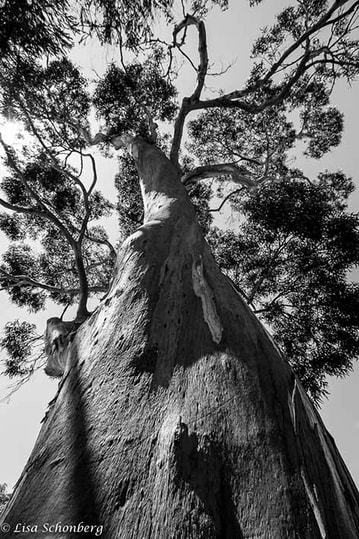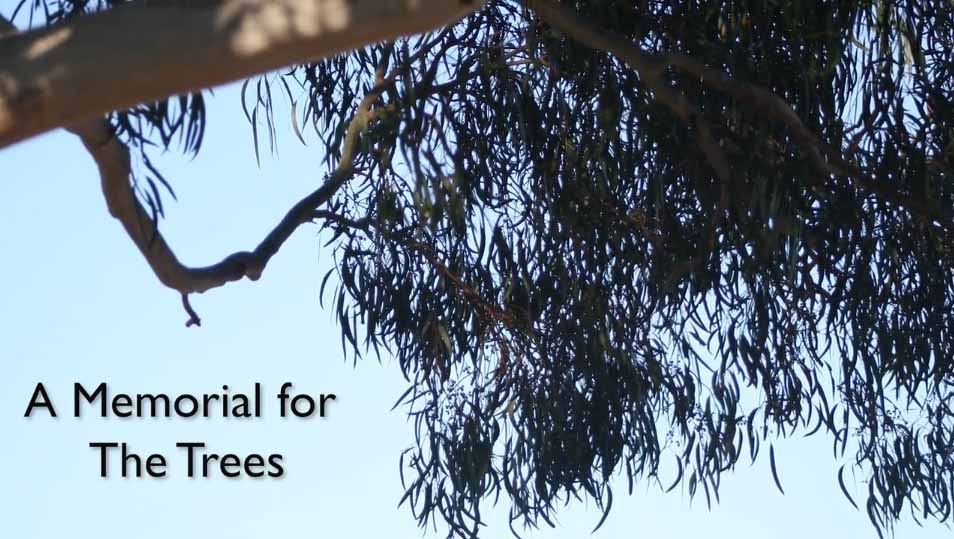 The blue gum tree was estimated to be at least 150 years old. Photo: Lisa Schonberg
The blue gum tree was estimated to be at least 150 years old. Photo: Lisa Schonberg LAST month 15 trees were removed to make way for the new transit hub in the centre of Cowes. They included a magnificent southern blue gum (Eucalyptus globulus) that was probably in the order of 150 years old, perhaps older.
Most likely a remnant of the pre-settlement Island flora, it was 1.3 metres in diameter at breast height, a thing of natural beauty, and a habitat for many creatures, including a pair of kookaburras that nested in a hollow.
It was significant for cultural reasons too. The site on which it, and many of the other lost trees, grew, used to be the school yard of Cowes Primary School, and the old blue gum was fondly remembered by many locals. In recent years, the prominent tree was admired by many as they went about their daily business in Cowes.
| Key decisions were made amid a breakdown of communication, for whatever reason, between Council and community. It is now pointless to try to apportion blame. We need to work together towards a better outcome for our significant trees and our native vegetation in the face of future development. We must nurture a continuing change in culture to see the true value of trees and their fundamental part in our lives. It is crucial to provide our children with opportunities to engage with Nature, to learn about and love the natural world. We need to become less risk-averse, to stop regarding native vegetation as just a threat, needing to be removed when it suits us. Even dead trees have a natural value, as homes and food for many living things. What have we learned?
John Eddy is a member of the Phillip Island Conservation Society. This is based on an address he gave at a memorial gathering for the trees last Sunday. | By Camille Monet During the memorial, a chorus of rainbow lorikeets joined with us to sing our song ‘For the Trees’. Their habitat has been diminished, but they continue to sing together in one of the remaining gum trees near the Cowes Cultural Centre. We worry that these trees too may be lost in the future. The advocacy work on behalf of trees goes on. We are committed to ensuring that the community voice remains strong on this issue. Some strategies for this include supporting:
Camille Monet is a Phillip Island artist and an organiser of the tree memorial By Anne Davie That tree was here when the first people were here. It was here when the first Europeans came in 1868. It was here when my grandfather brought my mother here for her first holiday in 1912. It was here when my mother brought me for a holiday in 1940. It was here when I met my husband and we became part of Phillip Island in 1956. It was here when our boys, our men, went to the First World War. It was here when they went to the Second World War. It was our history … it was so beautiful … and its loss has made me incredibly sad. Anne Davie is vice-president of the Phillip island Conservation Society |
